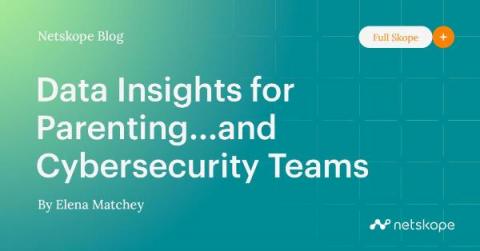How Scammers Are Impersonating Singapore Post and Singtel With Phishing Messages
Throughout 2022, threat actors have been masquerading as the postal service Singapore Post (SingPost) and one of Singapore’s leading telecommunications companies Singtel. Victims are being targeted by phishing emails that appear to be from Singapore Post or Singtel. In these emails, users were sent messages informing them of fake billing issues or outstanding payments with links to fraudulent websites that asked for their personal information.










